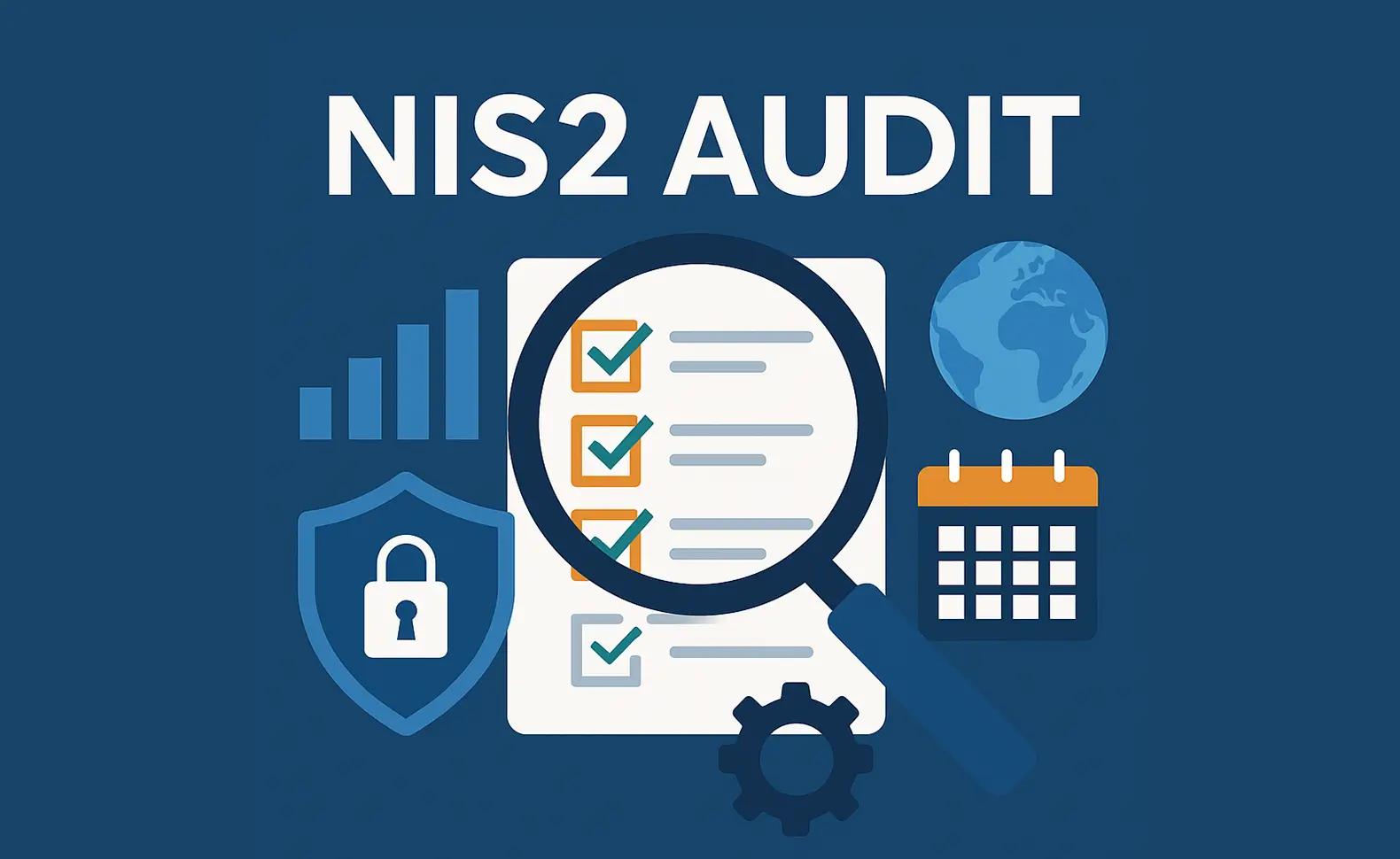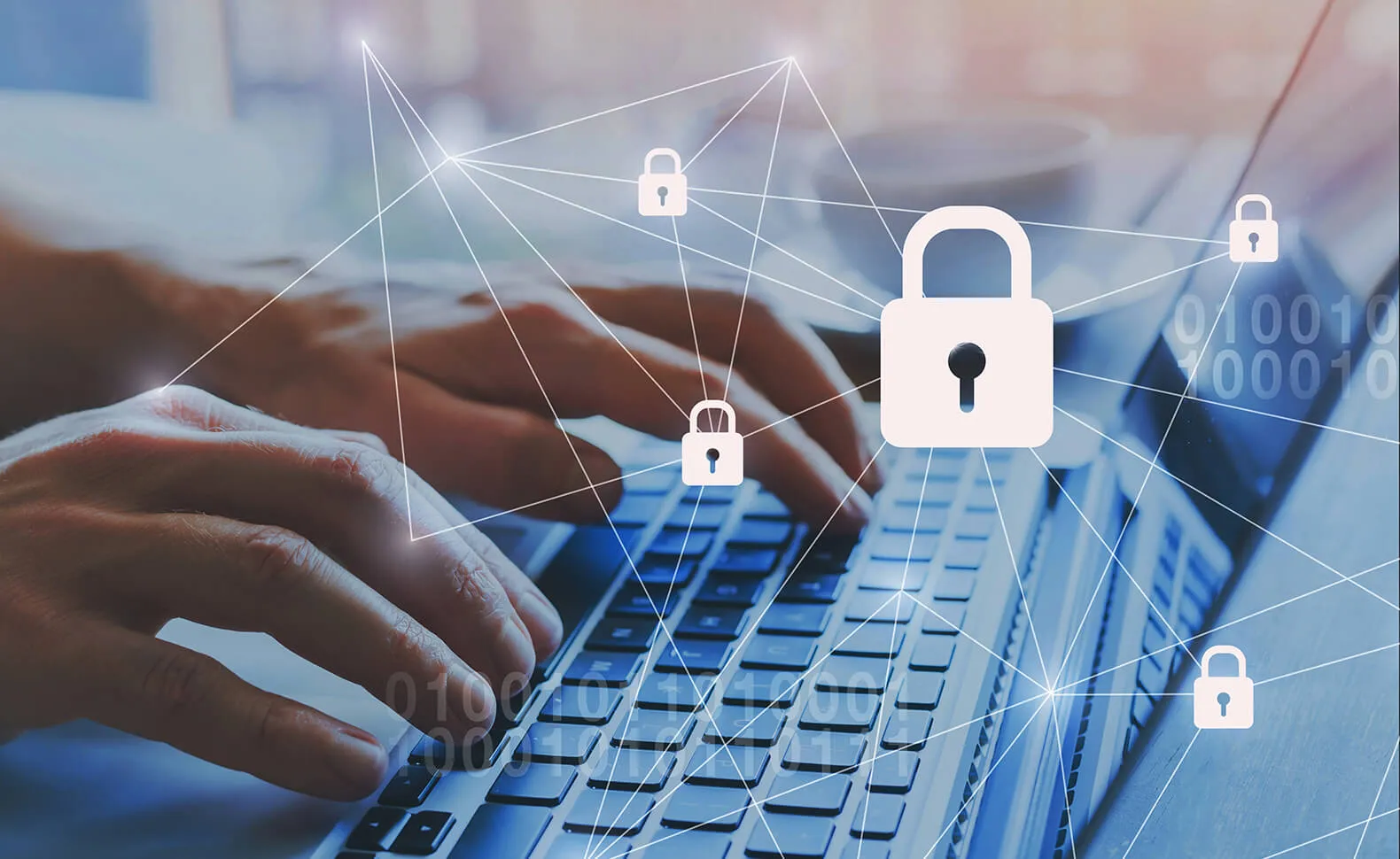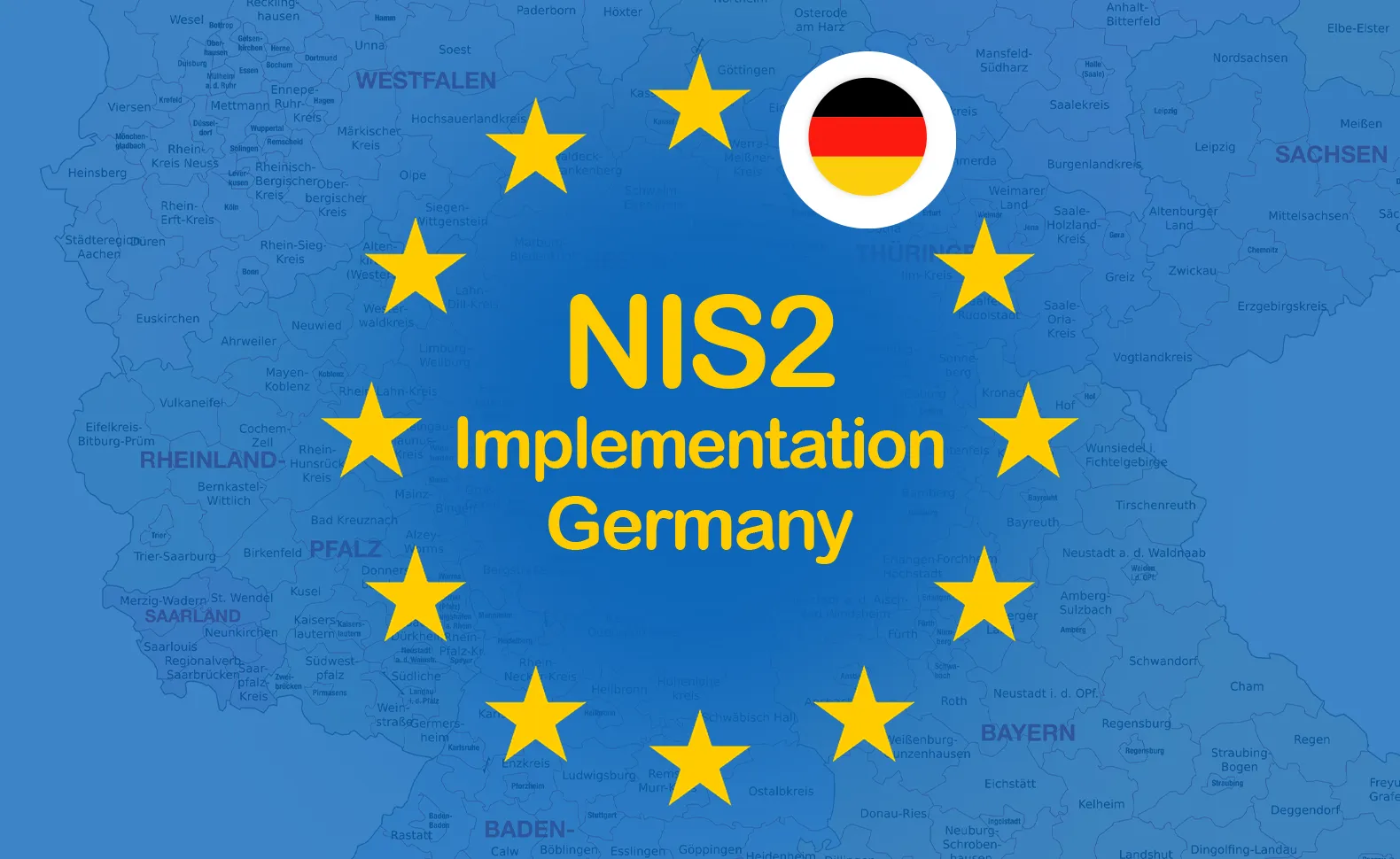The most important thing in brief:
- An NIS2 audit checks the implementation of the Directive and shows whether companies are meeting their legal cybersecurity obligations. It is crucial to avoid fines and measurably strengthen your own IT resilience.
- During the NIS2 audit, Organization, risk management, technical protective measures, incident management and documentation rated. A clear checklist helps to prepare the requirements systematically and efficiently.
- With Docusnap, IT systems, authorizations and processes can be automatically documented and audit reports can be created at the push of a button. This saves time, reduces errors and provides reliable evidence of NIS2 compliance.

What is an NIS2 audit?
A NIS2 audit (or “NIS 2 audit”) means a formal review of compliance with the requirements of NIS 2 Directive in a company. In other words, the audit checks whether all specified obligations under NIS 2 are implemented, documented and effectively implemented. More general information about the policy can be found in our blog article ”NIS 2 Directive: Requirements, Penalties and Implementation“.
In the context of the NIS 2 Directive, a distinction is often made between internal audits, external audits (by supervisory authorities) and compliance audits by third parties (e.g. auditors or audit firms). The aim is always to make the current implementation status, gaps, risks and evidence potential transparent.
The audit process therefore serves as an evaluating body: It determines whether a company meets the technical, organizational and documentary requirements in accordance with NIS 2 — and at the same time provides information on where improvements need to be made.
An NIS2 audit can ideally have the following tasks:
- Determination of the affected person (whether the company is subject to NIS2 at all)
- Identify and assess risks and gaps
- Review of implemented measures (inventory)
- Documentation and verification control
- Recommendations and measures to close deficits
An NIS2 audit thus provides an important basis for compliance, risk management and preparation for regulatory controls.
What is checked during an NIS2 audit?
As part of an NIS2 audit, the following topics and areas are typically examined:
- Legal and organizational principles
Classification as an “essential” or “important body,” registration with the authority and clear responsibilities. - Governance and Responsibilities
Evidence that management is actively involved in the cybersecurity strategy. - risk management
Carrying out and updating risk analyses and evaluating new threats. - Technical and Organizational Measures (TOMs)
Review of access controls, updates, encryption, network segmentation, and backup strategies. - Supply chain and third party management
Check whether external service providers meet safety standards and are contractually bound. - Training and awareness-raising
Evidence of regular awareness training for employees. - Incident management and reporting requirements
Existence of clear processes for detecting and reporting security incidents (24h/72h rule). - Documentation and verification
Complete, audit-proof documentation of all safety-relevant measures. - Review and continuous improvement
Regular monitoring and optimization through internal audits or tests.
The audit therefore not only checks whether measures are in place, but also Whether they operated effectively and are verifiably documented.
Why is an NIS 2 audit important?
An NIS2 audit plays an outstanding role in practice - for several reasons:
- Compliance and legal security
The NIS-2 Directive entails binding requirements and reporting obligations. An audit shows whether your company complies with these regulations and prepares for regulatory controls. Violations can also result in fines and sanctions. - Risk minimization and resilience
The audit process uncovers existing security gaps and weak points — often undetected during regular operation. This transparency allows targeted measures to be taken before damage occurs. - Evidence & transparency towards stakeholders
In discussions with customers, partners, or regulatory authorities, an audit report can serve as proof that your company is in compliance with NIS2. This strengthens trust. - Continuous improvement
An audit creates a basis for regular monitoring, target agreements and improvement measures — more of a living process than a one-off check. - Management Support & Strategic Planning
The results of an audit help company management understand where investments in security make sense, which risks are a priority and how resources should be directed. - Preparing for regulatory reviews
When supervisory authorities (e.g. the BSI in Germany) carry out checks, it is crucial to be able to provide evidence that has already been audited. Without preparation, there is a risk of surprises or punitive measures.
In this context, it should be mentioned that the NIS2 Directive expressly requires evidence of security measures and their effectiveness (e.g. in auditor controls).
NIS2 audit checklist
This checklist helps you to take a structured approach and ensure that all relevant areas are covered:
✅ Preparation and organization
- Check whether your organization is covered by the NIS2 policy.
- Define responsibilities and responsibilities.
- Perform an initial GAP analysis to identify existing gaps.
✅ Risk and safety management
- Update your risk analysis and assess threats
- Review existing security measures (access, networks, backup)
- Document processes and measures in a comprehensible way.
✅ Emergency and incident management
- Make sure that an incident response plan is in place.
- Define clear reporting channels and deadlines (24h/72h rule).
- Train employees how to handle security incidents.
✅ Supply chain and third party providers
- Review security requirements and contracts with external service providers.
- Document evidence of their safety measures.
✅ Training and awareness raising
- Plan regular awareness training for employees.
- Record training attendance and content.
✅ Evidence and audit documentation
- Centrally combine all relevant documents, protocols and reports.
- Use a tool like Docusnapto automatically document IT systems, authorizations and processes and to generate audit reports efficiently.
The connection to Docusnap — how we help you with the NIS2 audit
Play as a software solution for IT documentation and automation Docusnap a central role in the preparation, implementation and follow-up of an NIS2 audit:
- Automated IT inventory and documentation
Docusnap automatically records network devices, systems, software, user permissions, dependencies and much more — a basis without which an audit would hardly be possible.
→ This reduces manual effort and improves the quality and consistency of documentation. - Versioning and traceability
Changes to IT structures, network segments or components are comprehensibly documented — important for audit evidence. - Preparation of audit reports & export functions
With Docusnap, reports and evidence can be compiled in a targeted manner, such as lists of systems, authorization overviews, logs, or change histories — ideal for presentation in an audit. - Risk Management Support
Docusnap represents data and relationships that are required in risk analyses and gap analyses. In this way, risk areas can be identified in a targeted manner. - Continuous review of effectiveness
Docusnap can be updated regularly to identify changes and uncover deviations from standards — this supports the continuous audit and improvement process. - Preparation for regulatory audits in Germany
In Docusnap's blog article on the German implementation of the NIS2 Directive It is explicitly mentioned that Docusnap helps to provide structured documentation, visualization and evidence, which are crucial for audits and regulatory controls.
If you would like to know more about the legal basis or the practical implementation of the NIS2 Directive, I would be happy to refer you to our contributions here:
- NIS2 Directive: Implementation in Germany
- NIS2 Austria: What companies need to consider
- NIS2: Who is affected?
- NIS2 compliance: Understanding and successfully implementing requirements
Conclusion & outlook
A NIS2 audit is not an annoying task — but a strategically relevant audit with which companies can strengthen their position in cybersecurity. It uncovers weaknesses, provides tangible evidence, and prepares your organization for regulatory controls.
Proper audit preparation is essential, especially for companies with complex IT landscapes or many dependencies (e.g. service providers, subcontractors, etc.). As a tool for documentation, analysis and verification, Docusnap can bring significant efficiency gains here.
The next steps:
Prepare your company specifically for the NIS2 audit now. Start with an inventory of your IT structures and review existing security measures. With Docusnap, you automatically create the necessary IT documentation and audit evidence.
Try it now for free!


